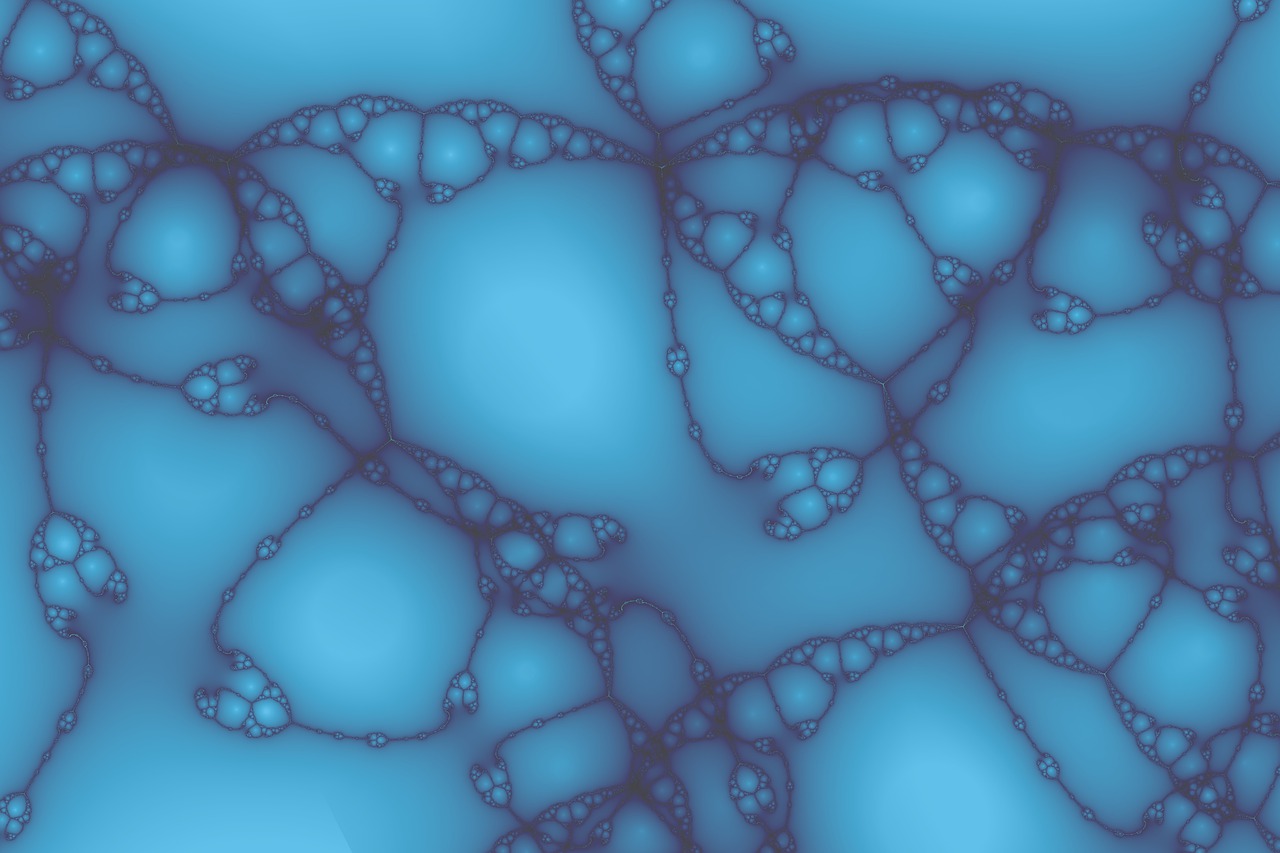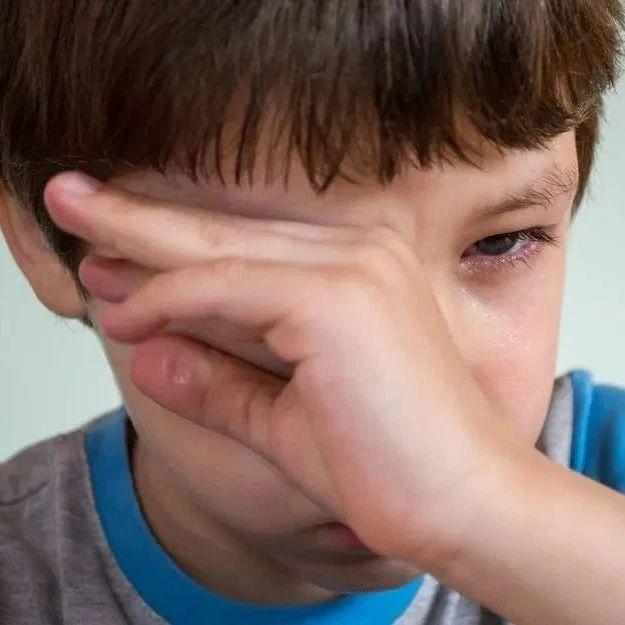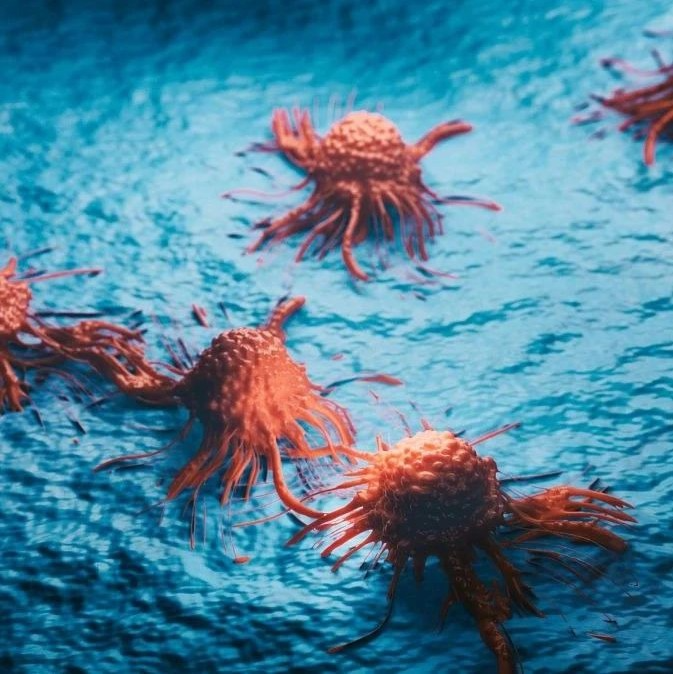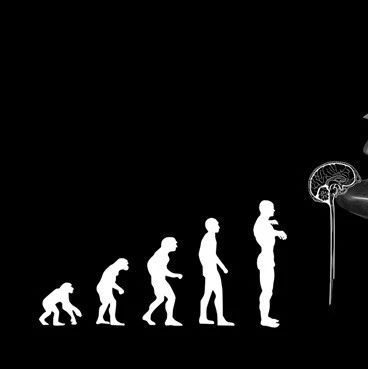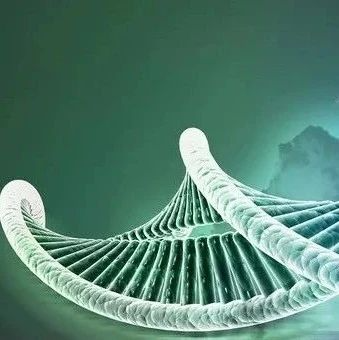美国头痛学会日前公布的一项最新研究成果显示,童年遭受过身体或精神虐待的偏头痛患者发生其他疼痛共病的风险要明显高于一般患者。此前已有研究表明,在偏头痛患者中,儿童时期受过虐待,尤其是精神虐待或者其家长疏于照顾的现象比较普遍。
这项新的研究由美国托莱多大学医学中心完成。该中心研究人员以来自11家医院头疼门诊的确诊偏头痛患者为调查对象,通过“儿童期创伤问卷”判断他们是否曾遭受过虐待,包括身体虐待、性虐待、精神虐待以及家长疏于照顾等。调查内容还包括调查对象是否确诊出现过肠易激综合征、周期性疲劳综合征、纤维肌痛、间质性膀胱炎及关节炎等疼痛共病。
共有1348名偏头痛患者完成了整个调查,其中61%的受访患者至少有一种疼痛共病,这些人中,又有58%的受访患者表示在儿童时期曾遭受过虐待。调查发现,儿童时期遭受过精神或身体虐待的偏头痛患者发生其他疼痛共病的风险要明显高于那些儿时没有受过虐待的患者。
具体来说,儿童时期遭受过身体虐待的偏头痛患者长大后出现关节炎的风险升高;遭受过精神虐待的患者长大后出现肠易激综合征、周期性疲劳综合征、纤维肌痛和关节炎的风险都明显升高。
这一研究成果发表在最新一期的美国《头痛》(Headache)杂志上。研究人员表示,为防止儿时受过虐待的偏头痛患者出现其他的疼痛共病,可以对他们实施认知行为疗法。
推荐原始出处:
Headache. 2009 Oct 21
Childhood Maltreatment and Migraine (Part III). Association With Comorbid Pain Conditions.
Tietjen GE, Brandes JL, Peterlin BL, Eloff A, Dafer RM, Stein MR, Drexler E, Martin VT, Hutchinson S, Aurora SK, Recober A, Herial NA, Utley C, White L, Khuder SA.
University of Toledo College of Medicine, Toledo, OH, USA (G.E. Tietjen, N.A. Herial, C. Utley, L. White, and S.A. Khuder); Nashville Neuroscience Group, Nashville, TN, USA (J.L. Brandes); Drexel University College of Medicine, Philadelphia, PA, USA (B.L. Peterlin); University of Calgary, Calgary, AB, Canada (A. Eloff); Loyola University Medical Center, Maywood, IL, USA (R.M. Dafer); John Muir Medical Center, Walnut Creek, CA, USA (M.R. Stein); Maimonides Medical Center, Brooklyn, NY, USA (E. Drexler); University of Cincinnati, Cincinnati, OH, USA (V.T. Martin); Orange County Migraine " Headache Center, Irvine, CA, USA (S. Hutchinson); Swedish Headache Center, Seattle, WA, USA (S.K. Aurora); University of Iowa, Iowa City, IA, USA (A. Recober).
Objective.- To evaluate in a headache clinic population the relationship of childhood maltreatment on the prevalence of pain conditions comorbid with migraine. Background.- Childhood maltreatment is highly prevalent and has been frequently associated with recurrent headache. The relationship of maltreatment and pain has, however, been a subject of some debate. Methods.- Cross-sectional data on self-reported physician-diagnosed pain conditions were electronically collected from persons with migraine (diagnosed according to International Classification of Headache Disorders-2), seeking treatment in headache clinics at 11 centers across the US and Canada. These included irritable bowel syndrome (IBS), chronic fatigue syndrome (CFS), fibromyalgia (FM), interstitial cystitis (IC), arthritis, endometriosis, and uterine fibroids. Other information included demographics, migraine characteristics (frequency, headache-related disability), remote and current depression (The Patient Health Questionnaire-9), and remote and current anxiety (The Beck Anxiety Inventory). Patients also completed the Childhood Trauma Questionnaire regarding sexual, emotional, and physical abuse, and emotional and physical neglect under the age of 18 years old. Statistical analyses accounted for the survey design and appropriate procedures in SAS such as surveymeans, surveyfreq, and surveylogistic were applied to the weighted data. Results.- A total of 1348 migraineurs (88% women) were included in this study (mean age 41 years). Based on physician diagnosis or validated criteria, 31% had IBS, 16% had CFS, and 10% had FM. Diagnosis of IC was reported by 6.5%, arthritis by 25%, and in women, endometriosis was reported by 15% and uterine fibroids by 14%. At least 1 comorbid pain condition was reported by 61%, 2 conditions by 18%, and 3 or more by 13%. Childhood maltreatment was reported by 58% of the patients. Emotional abuse was associated with increased prevalence of IBS, CFS, arthritis, and physical neglect with arthritis. In women, physical abuse was associated with endometriosis and physical neglect with uterine fibroids. Emotional abuse, and physical abuse and neglect (P & .0001 for all) were also associated with increased total number of comorbid conditions. In ordinal logistic regression models, adjusted for sociodemographics and current depression (prevalence 28%) and anxiety (prevalence 56%), emotional abuse (odds ratios [OR] = 1.69, 95% confidence intervals [CI]: 1.224-2.33) and physical neglect (OR = 1.73, 95% CI: 1.22-2.46) were independently associated with an increased number of pain conditions. The cohort of women, similarly, had associations of emotional abuse (OR = 1.94, 95% CI: 1.40-2.72) and physical neglect (OR = 1.90, 95% CI: 1.34-2.68) with an increased number of pain comorbidities. Conclusion.- The association of childhood maltreatment and pain was stronger in those reporting multiple pain conditions and multiple maltreatment types. This finding suggests that in migraineurs childhood maltreatment may be a risk factor for development of comorbid pain disorders.


